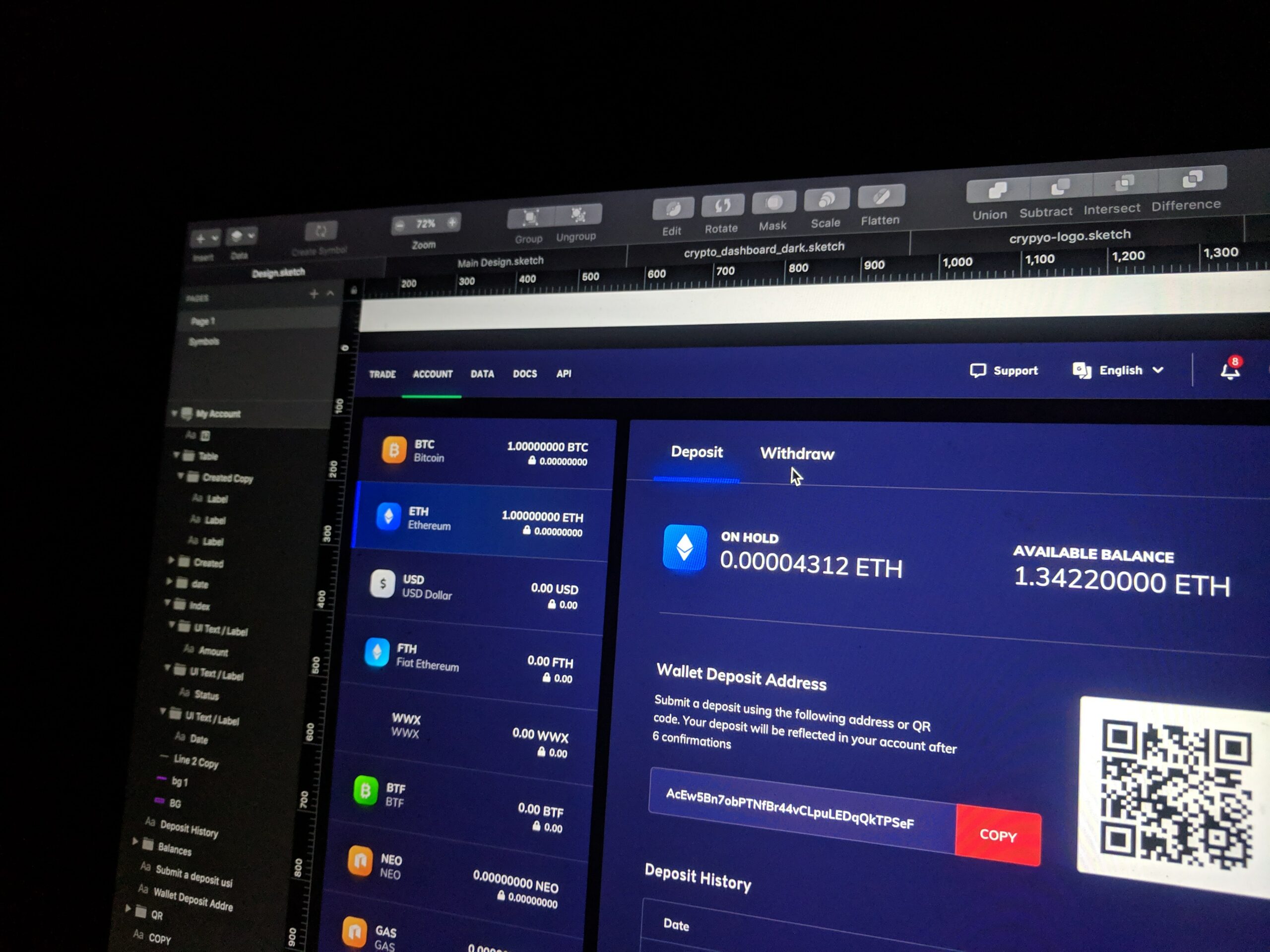VOICE USER INTERFACE (VUI) IN WEB APPS: NAVIGATING THE NEXT FRONTIER

Voice User Interface (VUI) technology is transforming the way users interact with web applications, offering a hands-free and intuitive experience. VUI enables users to interact with web apps using their voice, leveraging natural language processing and speech recognition technologies. This article delves deeper into the potential of VUI in web apps, exploring its benefits, challenges, and the exciting opportunities it presents for developers and businesses.
- Enhanced User Experience: VUI in web apps elevates user experience by providing a more natural and seamless way of interacting with applications. Users can simply speak their commands and queries instead of relying on manual input or navigating through menus and buttons. This frictionless interaction reduces cognitive load and enhances accessibility, allowing a broader range of users, including those with disabilities, to engage with web apps effortlessly. VUI enables users to accomplish tasks with greater ease and efficiency, leading to higher user satisfaction and engagement.
- Improved Efficiency and Productivity: VUI-powered web apps streamline tasks and boost productivity. Users can perform actions, search for information, and initiate processes using voice commands, eliminating the need for manual input or complex navigation. VUI automates repetitive tasks, such as form filling or data entry, saving time and reducing user effort. By providing quick access to information and functions, VUI enables users to complete complex actions more efficiently, increasing overall productivity.
- Integration with Emerging Technologies: VUI opens up exciting opportunities for integration with other cutting-edge technologies. By combining VUI with Artificial Intelligence (AI), web apps can deliver personalized recommendations, context-aware information, and intelligent responses. For example, a VUI-powered e-commerce app can provide tailored product suggestions based on user preferences and previous purchases. Integration with Internet of Things (IoT) devices allows users to control connected devices through voice commands, enabling a seamless and hands-free smart home experience. Moreover, the integration of VUI with Augmented Reality (AR) can create immersive voice-guided experiences, where users can interact with virtual elements using their voice, further enhancing the engagement and interactivity of web apps.
Conclusion: Voice User Interface represents a paradigm shift in web app development, offering enhanced user experiences, improved accessibility, and increased efficiency. The convenience and intuitiveness of VUI make it an invaluable tool for simplifying user interactions and driving engagement. As VUI technology continues to advance, developers and businesses need to embrace its potential, overcome challenges related to voice recognition accuracy and language understanding, and optimize their web apps to leverage the capabilities of VUI effectively. By navigating the next frontier of VUI in web apps, we unlock a world where users can effortlessly engage with digital experiences using the power of their voice, creating a more inclusive and user-centric web ecosystem.